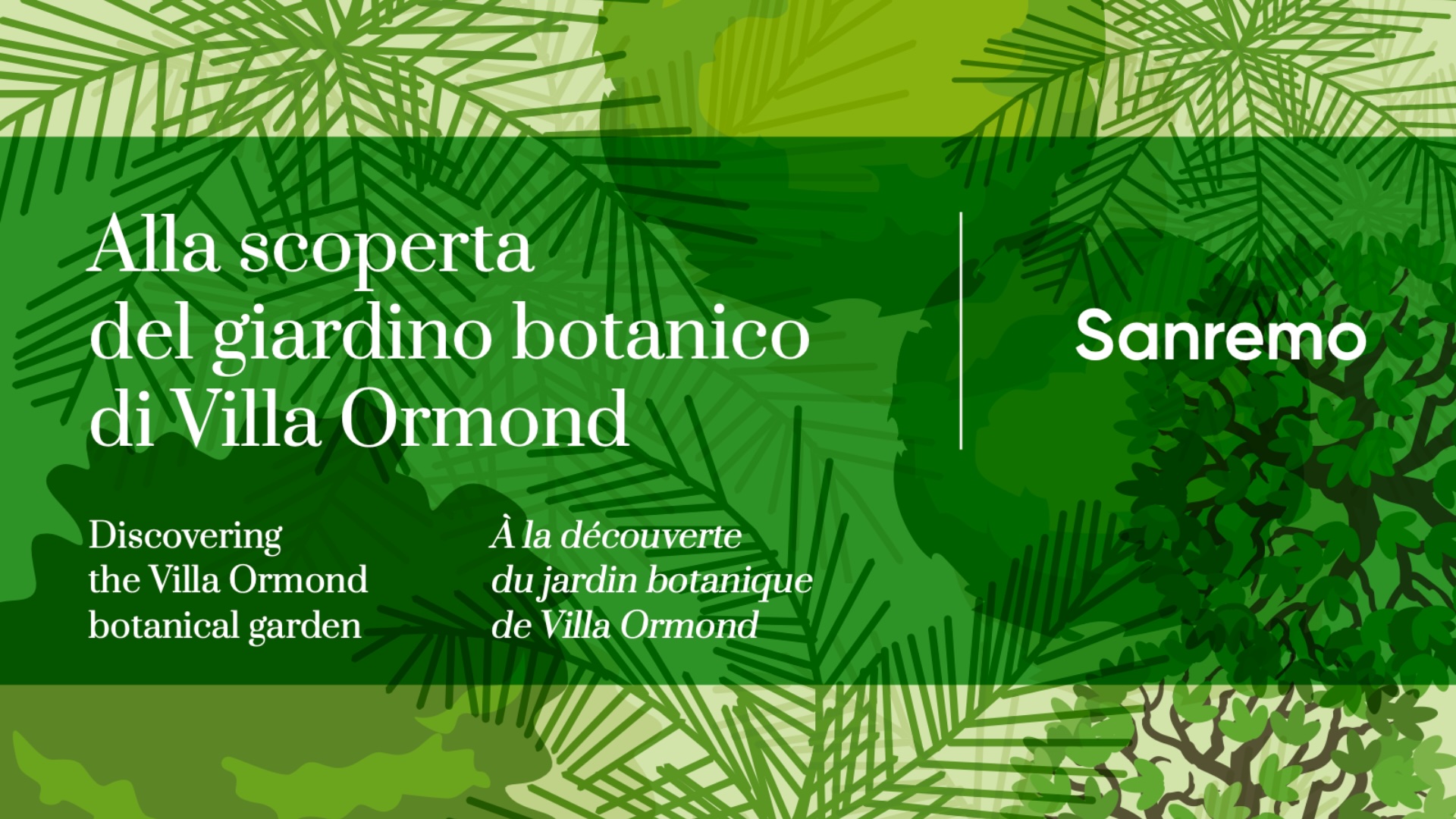| Etymology | The generic term Brahea honors the famous 16th-century Danish astronomer Tycho Brahe, while the specific epithet armata emphasises the strong thorns of the petiole. |
| Common name | California blue palm |
| Origin | Lower California-Mexico, where it grows on the calcareous slopes and arid soils of semi-desert regions, from sea level up to an altitude of 2,000 m, in association with thorny bushes and shrubs. It withstands cold well and can tolerate down to -10°C. |
| Description | Upright, solitary stipe, up to 10 metres high, long covered by the persistent dry leaves; the latter, mantled by a typical bluish-grey waxy layer, are rigid, with petioles armed with strong, curved, whitish thorns. Monoecious palm with conspicuous long, arching inflorescences, up to 5 metres long, emerging from the foliage in spring-summer, bearing numerous small, creamy-yellow, highly fragrant flowers. The fruits are dark brown when ripe and globular in shape, they were once used for animal feed, and also consumed by the natives in times of famine. A very ornamental palm, either as a solitary specimen or placed in groups with other palms. The colour of the leaves, the showy inflorescences and the characteristic “skirt” of dried leaves persisting at the capitulum stand out. Brahea armata was introduced to Europe in 1869 by Belgian Benito Roezl and distributed to other nurserymen beginning in 1876, but it was mainly at the Ghent Exposition in 1883 that the public discovered this beautiful palm. The first specimens were planted in San Remo in 1884 at Villa Parva by Baron von Hüttner. The specimens in the gardens of Villa Ormond were planted in 1999, on the occasion of the Dies Palmarum. |
2 September 2024

